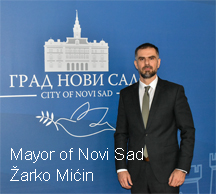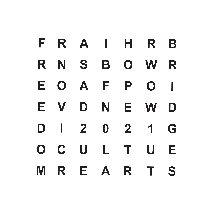It was the religious tolerance act issued by Emperor Joseph that enabled all settling communities in the Empire to freely build their churches and temples. Although there existed other, more ancient cities in the area, Novi Sad had soon become the center for Serbian religious life in Southern Hungary. Culture, as a more elevated manifestation of human thinking and creation, has always been intimately connected with emergence of first Serbian temples. It is these temples where we find first works of art, first altarpieces, woodcarvings, books and musical notations...
Sacral architecture enriches the urban panorama of the city and its ambient. As early as the first half of the 18th century, painters, writers, architects and artisans have already established a significant cultural milieu which - in a broader sense - is an indispensable part of history of art. Fruitful endeavors grew even more during the 19th century, both at ecclesiastical institutions and by private artists. The practice of sending young artists to receive their education at prestigious European universities and 'import' of foreign ones, contributed and enriched significantly our city's cultural development.
Relocating the seat of Matica Srpska from Pest to Novi Sad in 1864 was of significant importance to the city, which becomes the center of literature and culture. The library that was also relocated, which mainly consisted of Sava Tekelija's literary fund, had grown later to become Matica Srpska Library. Numerous paintings and other precious artifacts were the founding of Museum of Vojvodina, from which later Galery of Matica Srpska emerged as a separate museum. Noble benefactors, many of whom bishops from Bačka, supported cultural development. Theatrical troupes, the devotion and effort made by Joakim Vujić in the early 19th century, made it possible for Serbian National Theater to be eventually established in 1861, which exists even today and is the oldest and most renowned theater among Southern Slavs.











